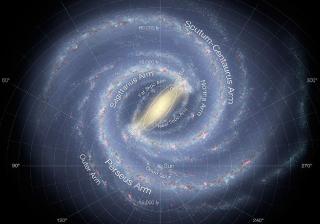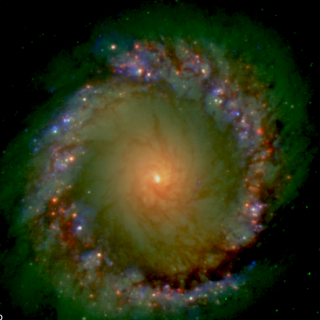Bibcode
Villarroel, B.; Soodla, Johan; Comerón, Sébastien; Mattsson, Lars; Pelckmans, Kristiaan; López-Corredoira, Martín; Krisciunas, Kevin; Guerras, Eduardo; Kochukhov, Oleg; Bergstedt, Josefine; Buelens, Bart; Bär, Rudolf E.; Cubo, Rubén; Enriquez, J. Emilio; Gupta, Alok C.; Imaz, Iñigo; Karlsson, Torgny; Prieto, M. A.; Shlyapnikov, Aleksey A.; de Souza, Rafael S.; Vavilova, Irina B.; Ward, Martin J.
Referencia bibliográfica
The Astronomical Journal
Fecha de publicación:
1
2020
Número de citas
29
Número de citas referidas
23
Descripción
In this paper we report the current status of a new research program. The primary goal of the “Vanishing and Appearing Sources during a Century of Observations” project is to search for vanishing and appearing sources using existing survey data to find examples of exceptional astrophysical transients. The implications of finding such objects extend from traditional astrophysics fields to the more exotic searches for evidence of technologically advanced civilizations. In this first paper we present new, deeper observations of the tentative candidate discovered by Villarroel et al. in 2016. We then perform the first searches for vanishing objects throughout the sky by comparing 600 million objects from the US Naval Observatory Catalogue (USNO) B1.0 down to a limiting magnitude of ∼20─21 with the recent Pan-STARRS Data Release-1 (DR1) with a limiting magnitude of ∼23.4. We find about 150,000 preliminary candidates that do not have any Pan-STARRS counterpart within a 30″ radius. We show that these objects are redder and have larger proper motions than typical USNO objects. We visually examine the images for a subset of about 24,000 candidates, superseding the 2016 study with a sample 10 times larger. We find about 100 point sources visible in only one epoch in the red band of the USNO, which may be of interest in searches for strong M-dwarf flares, high-redshift supernovae, or other categories of unidentified red transients.
Proyectos relacionados

Morfología y dinámica de la Vía Láctea
El Proyecto se estructura en dos partes, diferenciadas pero complementarias: morfología y dinámica. El estudio detallado de la morfología de la Vía Láctea pretende proveer una base de datos de distribución estelar en las regiones más alejadas y extintas de nuestra Galaxia, mediante el desarrollo de modelos semiempíricos a partir de la información
Martín
López Corredoira

Centros de Galaxias a Escalas de Parsecs y Técnicas de Alta Resolución Espacial
Proyecto enfocado al estudio en el IR del núcleo de las galaxias más cercanas con resoluciones espaciales en el rango de 1 a 10 pc. Estas resoluciones espaciales, accesibles con los grandes telescopios de tierra usando técnicas frontera de observación, son por primera vez comparables a las que se obtienen rutinariamente con HST en el óptico y VLBI
Almudena
Prieto Escudero